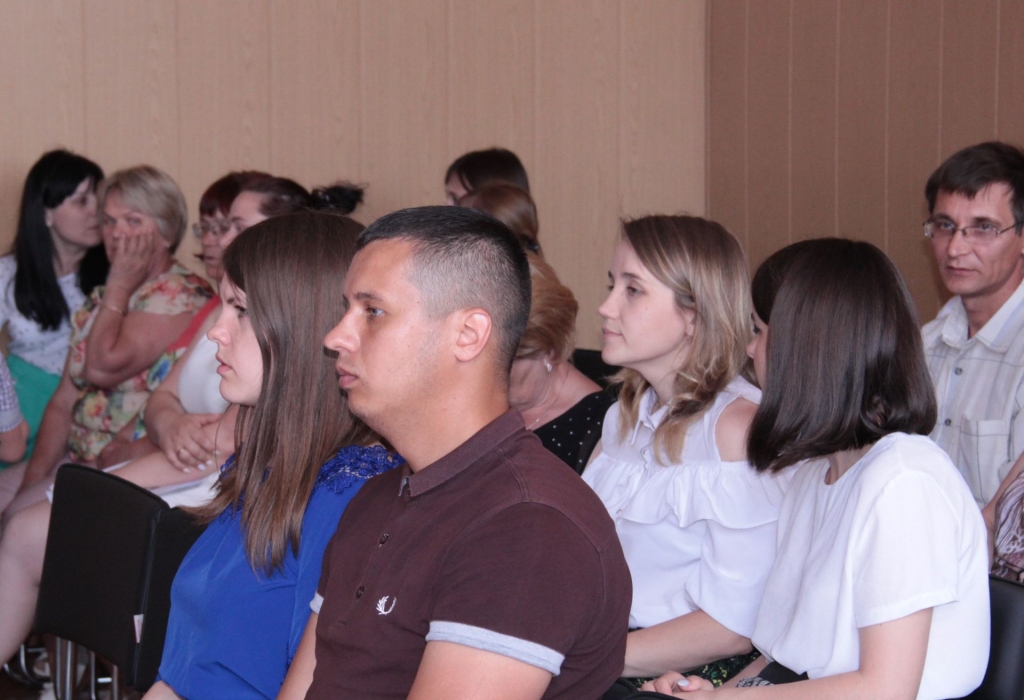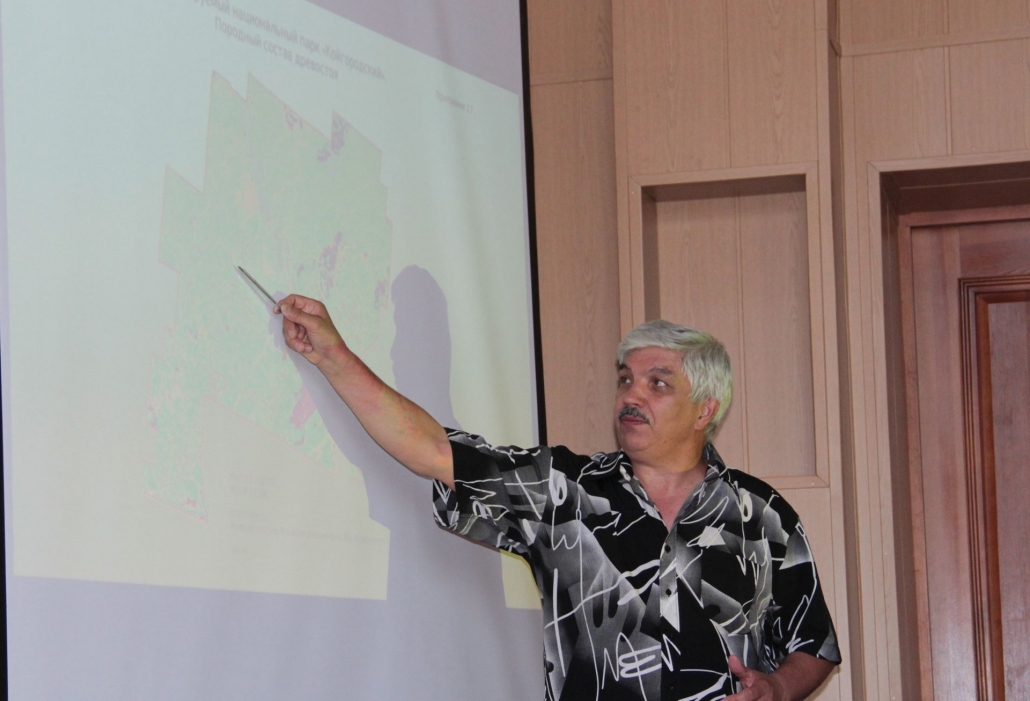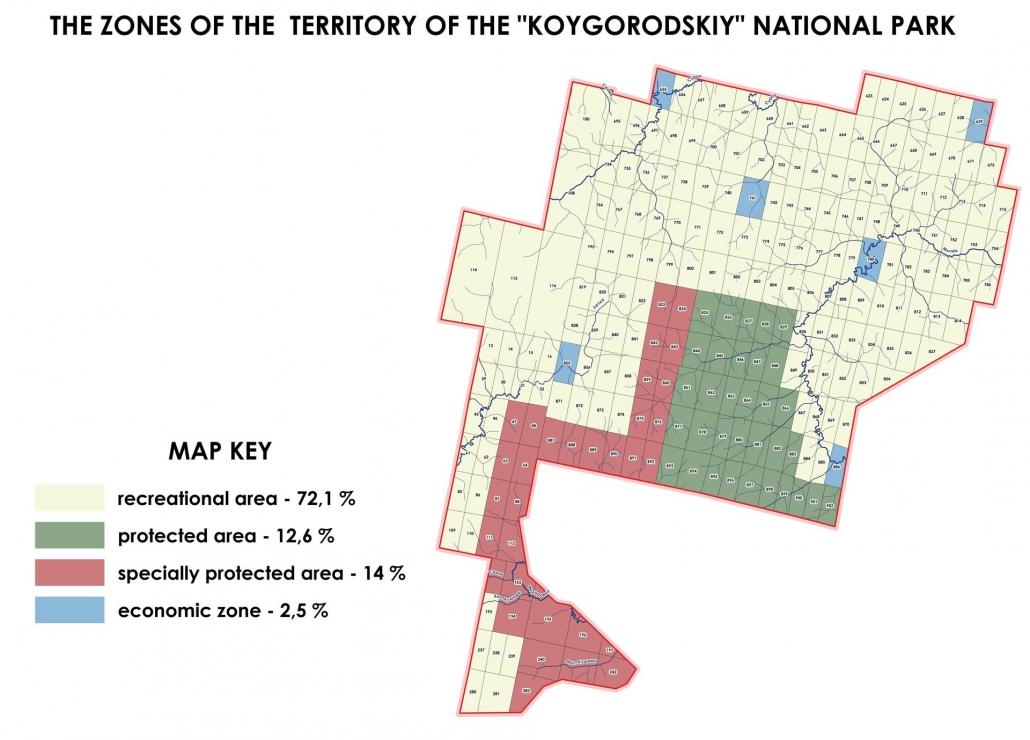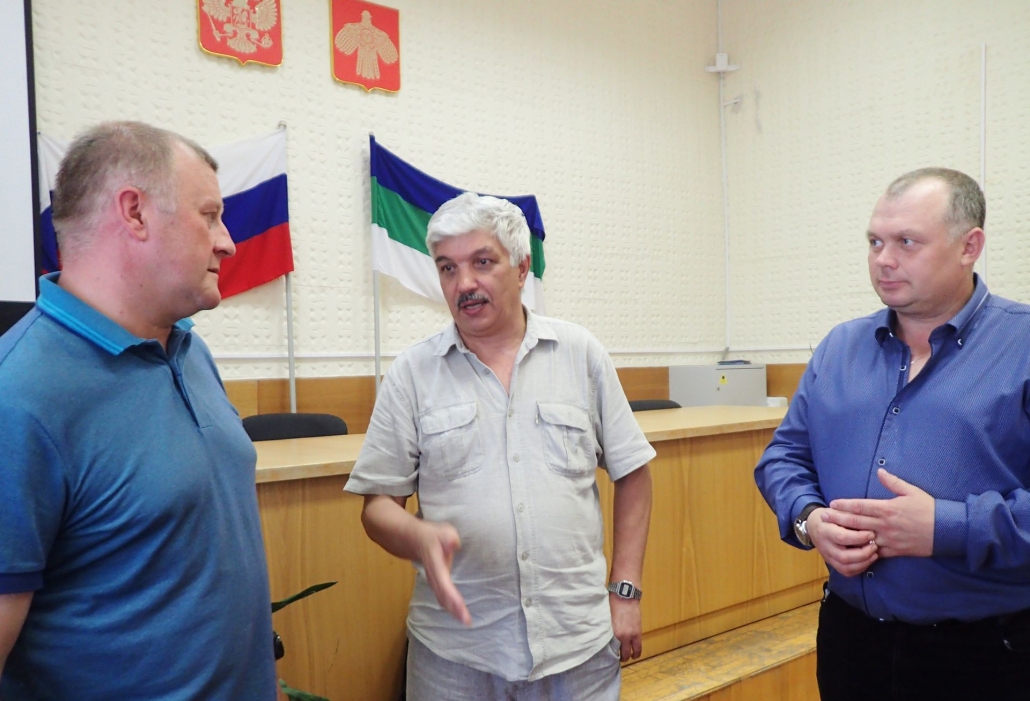KOYGORODOK AND PRILUZYE DISTRICT RESIDENTS VOTED FOR THE KOYGORODSKY NATIONAL PARK UNANIMOUSLY
Public hearings on establishment of the Koygorodsky National Park were held in the Koygorodok district administration on 27 July 2018 and in the Priluzye district administration on July 29. The results of the environmental and economic analysis and design concepts for the Koygorodsky National Park were presented in both districts by Yury Pautov, director of the Silver Taiga Foundation for Sustainable Development, because it was Silver Taiga that won the tender for the technical and economic feasibility study of the new specially protected natural area (PA).
The data of the comprehensive environmental study of the area serving to justify awarding a legal status of a specially protected natural area of federal significance entitled the Koygorodsky National Park (Komi Republic) to it were available for the general public for a month before the public hearings both in hard copies and in the digital form. One could read the documents in Koygorodok and Priluzye district administrations or at the Silver Taiga Foundation’s website (in Russian).
According to Yury Pautov, the area of the PA to be designed will be 56,600 ha, most part of the reserved area (76% of the total area) is located in Koygorodok forestry (in Kobrа district forestry unit), and the rest (24%) is in Priluzye and Letka forestry units (Noshul and Letka district forestry units).
As the presenter highlighted, large natural ecosystems and natural habitats that have not been affected by human activity with the area of over 50,000 ha are subject to preservation first of all, according to the federal law On Environmental Protection. The Koygorodok tract is referred to intact forest landscapes (IFL), few of which have remained in the Komi Republic. The most well-known ones are the Yugyd Va National Park and Pechora-Ilych Natural Reserve with the total area of 3m ha, these sites are part of the UNESCO World Heritage List, so they are protected by federal and international laws.
There are other IFLs as well – Timan, Pyssa, Karpogory and Verkhnyaya Vashka IFLs – mostly in the periphery of the region. The Koygorodok IFL is the smallest and the most valuable out of the listed ones. It is also the most southern one in the European part of Russia. By establishment of a new federal PA Russia will preserve the last remaining virgin forest tract in Europe located in the southern subzone of European taiga, protect rare flora and fauna species and the unique forest ecosystem, support traditional use of natural resources by indigenous Komi and local population, contribute to diversification of social and economic development of Koygorodok and Priluzye districts and the Komi Republic in general, and get a chance to continue promoting extreme tourism.
The would-be national park is in the very south of Komi, it borders the PA created in Kirov region in 2010 – natural reserve cluster Nurgush – Tulashor. The Koygorodok National Park and Tulashor are the same forest tract spread over the two regions.
The work on establishment of the national park started thirteen year ago. The Silver Taiga Foundation that used to deal with inventory count of all intact forests of the Komi Republic initiated the new PA in 2005. The Foundation suggested conserving the Koygorodok forest tract for PA, however the area was leased by forest users. In 2006, as part of the voluntary forest certification of Koygorodok forestry, an agreement was reached with Mondi Syktyvkar, the leaseholder of the vastest part of the area. The company waived its right of lease for the sake of the new PA. The agreement was coordinated with the management of the Forest Committee, the Silver Taiga Foundation and Mondi Syktyvkar. In 2007, Mayskles also passed moratorium on the use of its leased area as part of its certification on a voluntary basis. After that, the proposal for the new PA was forwarded to the Ministry of Natural Resources of Russia, which in its turn sent a request to the Komi Republic Ministry of Natural Resources. In 2009 the Ministry of Natural Resources of the Komi Republic held a large meeting, and then the Komi Government agreed to conserve the area for the PA of federal significance. Later, various environmental studies were conducted, and in 2011 the area was included in the PA Plan of the Russian Ministry of Natural Resources. According to the plan, the park had to be formed in 2016, however, it didn’t work at that time unfortunately. Nevertheless, in 2017, respective tasks were received from the Russian Ministry of Natural Resources, and the design work started. Now, the Silver Taiga Foundation, which won the tender for design activities, is dealing with elaboration of the technical and economic feasibility study (TEFS). In 2019, the TEFS audit is to be held by independent experts, and unless the experts find any deviations, the Russian Government will pass an order on the new PA in 2020.
The value of the tract is absence of any human intervention. The majority of its area is intact forest where no cutting operations have even been conducted, nor roads, electric power lines, gas or oil pipelines have been build, nor any industrial development has occurred. The intact forest landscape has been developing according to the natural dynamics laws for thousands years till now. The area of human impact does not exceed 4%. The biggest part of the landscape is represented by mixed deciduous and spruce forest which is typical for southern taiga. It has preserved some native fir and spruce forest, which cannot be found almost anywhere in Europe.
“For local residents the forest is old, rough and ‘littered’ with dead branches, it has a lot of coniferous undergrowth and underbrush composed of linden, mountain ash and juniper, impenetrable windfalls, swamps and river valleys. For most people it is a real torture to walk in such forest. But that is what primeval taiga, which was used for agriculture by our ancestors in middle ages, looks like. From the environmental point of view, it is a unique ecosystem, as all plants and animals have preserved and cohabited there for thousands years. Environmental experts from abroad look amazed when they observe this ‘disorderly wonder’ of the Koygorodok tract, they are ready to spend weeks there to see natural habitats and species that have already disappeared at their native places,” Yury Pautov noted in his report.
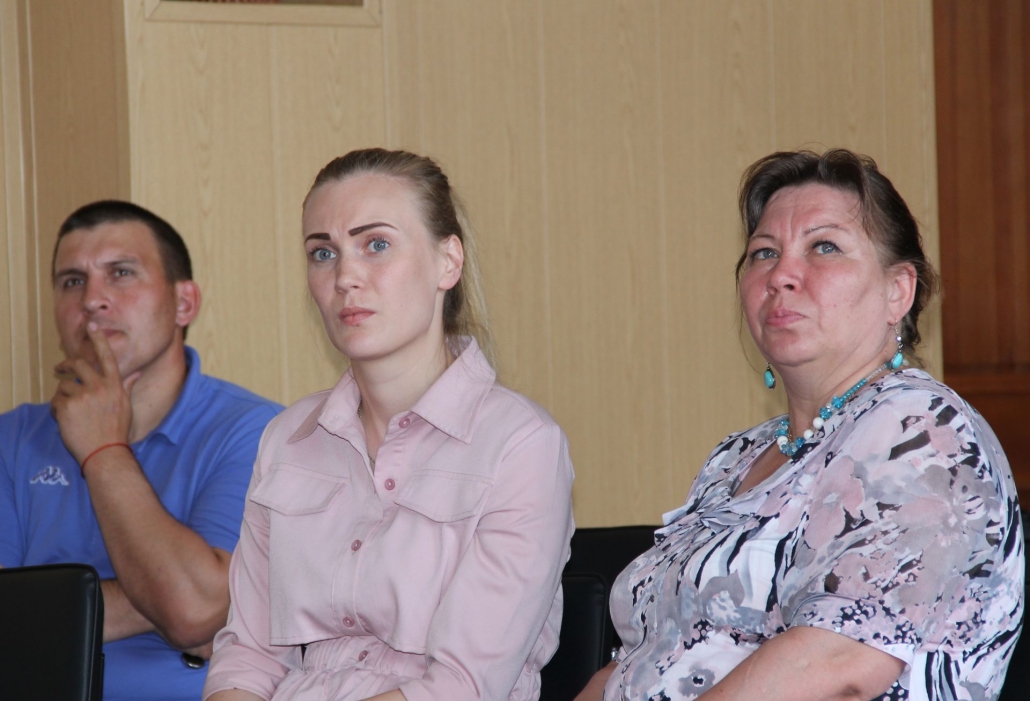
It is old, rough and ‘littered’ with debris forest, is it really that important for future generations?
He explained that it is there where you can find rare species included in the Red Book of the Komi Republic, Red Book of Kirov Region and Red Book of Russia. You can see rare moss and lichen species, like Usnea Longissima. The lichen looks like long threads, which actually were used for Christmas tree decoration in Sweden in the 17th century. That is how the tradition of decorating Christmas trees emerged. Previously, the lichen could only be found almost everywhere in the taiga zone from Sweden to Komi, and now it has remained in such remote places only.
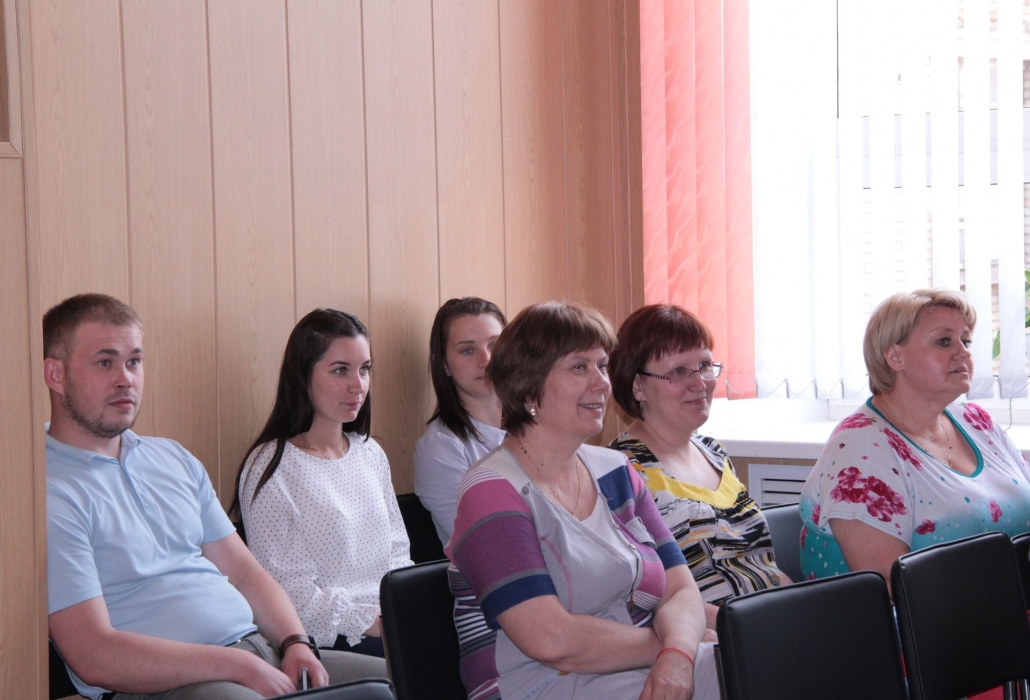
Priluzye residents were surprised to hear that in the 17th century Swedish women used to decorate Christmas trees with Usnea Longissima, which can be found in the would-be national park
A group of Finnish experts found an extremely rare insect species in the Koygorodok tract in August 2009 – Hylochares Cruentatus. It is a large beetle that looks like a bark beetle with short horns and rounded superior wings on both sides. Earlier, ten habitats of the beetle were known, so the Koygorodok tract became the eleventh one.
The reporter spoke in detail about the history of fires and windfalls at this area in the 19-20th centuries. However, the huge fire did not affect the whole area. Most Red Book species are concentrated in the spruce forest which was not affected by the fire that took place 160 years ago, a significant portion of them – in aspen forests and flood basins of rivers and brooks that served as escapes from fires for forest inhabitants. The area of the Koygorodok tract is still poorly studied, potentially it may have up to 150 Red Book plant species and over 30 Red Book animal species. That makes 180 species in total, which is almost 90% of all Red Book, rare and endangered species of the southern part of the Komi Republic. In other words, the area is of utmost importance in terms of its richness in rare and endangered species and its value for future generations. The structure of the national park landscapes ensures preservation of the model of intact South European taiga and all levels of biodiversity – from the genetic to the landscape one.
Project designers suggest dividing the preserved area in the following zones: reserved area (12.6% of the total area), specially protected area (14%), recreation area (72.1%) and also an area for some economic activity (2.5%). The reserve area will border on the Tulashor nature reserve of Kirov region. It is the most valuable part of the tract. The rest of the area is for recreation, where one can relax, conduct scientific tours, go hunting or fishing with a license, go hiking. The recreational area stands close to minor areas for economic activities – that where the park will build houses for visitors and rangers protecting the reserved area.
“One can develop environmental tourist at the would-be area. The Foundation has some experience, we showed the place to tourists from Latvia, Sweden, Finland and Russia, we even created an educational route for this purpose. In addition, it is possible to arrange extreme sport tours with obstacles. Now, there are a lot of Europeans willing to take a walk along intact taiga. I know one person who tried to cross the Koygorodok tract, but failed. It is wild, rough and full of debris. However, there is demand for such type of tourism, and it is quite interesting for tour operators,” Yury Pautov believes.
Participants of the public hearings in Koygorodok district asked the presenter if tourists may become a threat for Red Book species. According to Yury Pautov, none of local hunters will ever move that far to hunt. They can get a wood grouse or a hazel grouse in nearby forests. Extreme tours are planned to be offered to western hunters who demand large catch – big moose or big bears. Neither a moose, nor a bear is included in the Red Book.
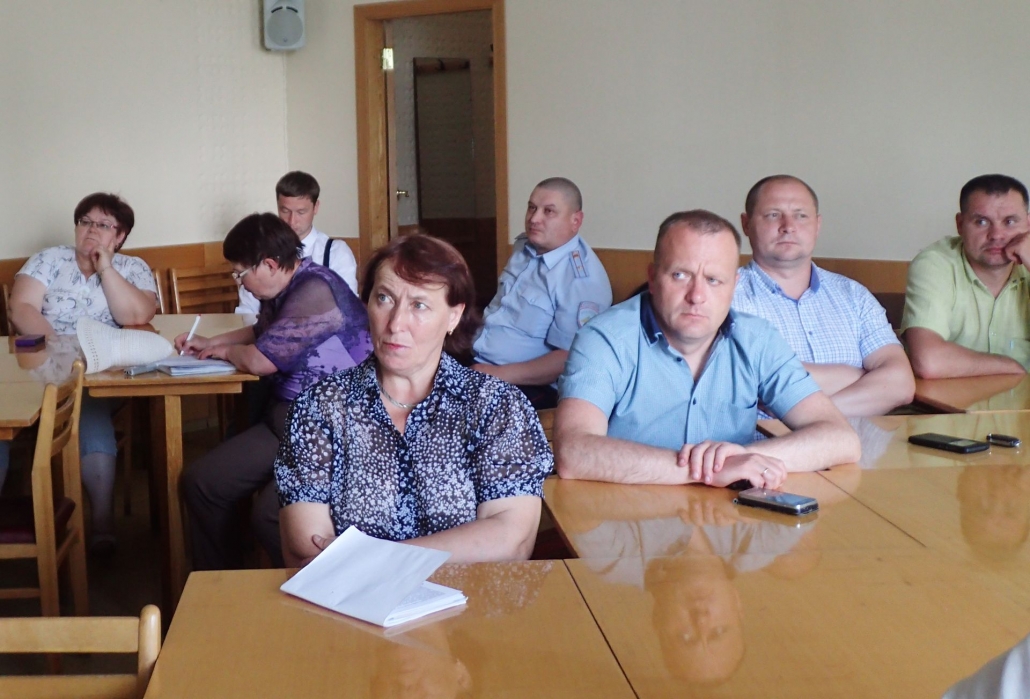
Participants of the public hearings in Koygorodok district asked the presenter if tourists may become a threat for Red Book species
To illustrate the case, Yury Pautov gave an example from his experience, “I have just come back from Latvia where I participated in a forestry workshop. Tourism there is organized not for locals, but mostly for hunters from the Check Republic, Germany and Sweden. The income generated by the hunting amounts to 12% of the Latvian forestry budget. A hunter should pay for the following: a) hunting right (license); b) guidance; c) service (accommodation, food, transport, sauna, and other entertainments); d) game. The cost of the captured game may vary from 5,000 to 50,000 dollars depending on its size. All this money goes to the state forestry budget. Here, we can charge from 50,000 to 70,000 rubles for a big bear, and a similar amount for a guide. It is obvious, that for such services we need to equip guest houses, arrange transport, and train forest rangers.”
Public activists proposed to restrict business activity of the area in Priluzye district in order not to let visitors enter its core. As Yury Pautov informed, the plan was to arrange a cordon near the protected area to limit the inflow of tourists who would visit the protected area, so there was no need to restrict business activity.
The Foundation suggests putting the administration of the national park in Koygorodok district and merging it with the administration of the Tulashor Reserve referring to Kirov region. The costs related to the PA establishment will amount to 3-5m rubles, according to design engineers’ estimates.

